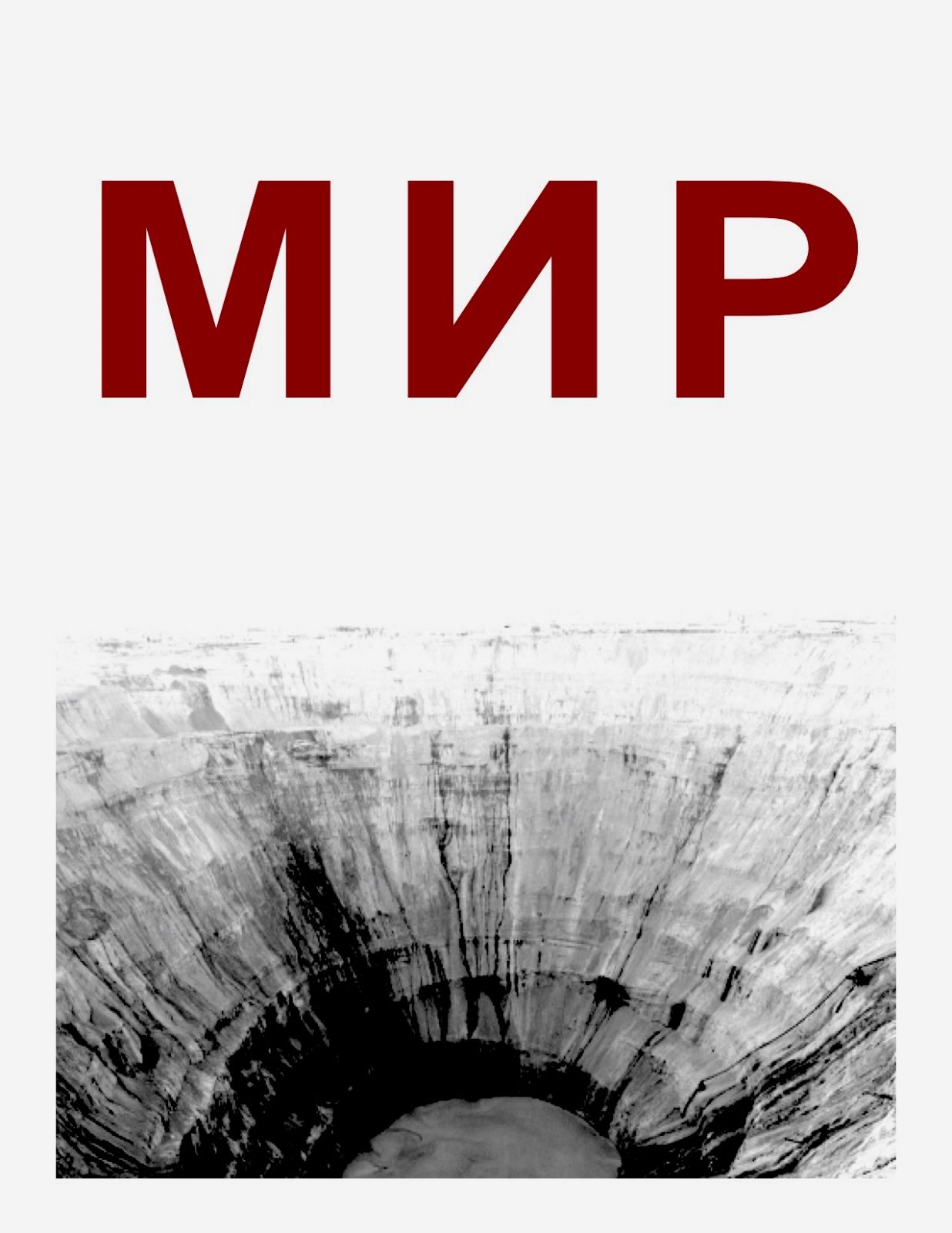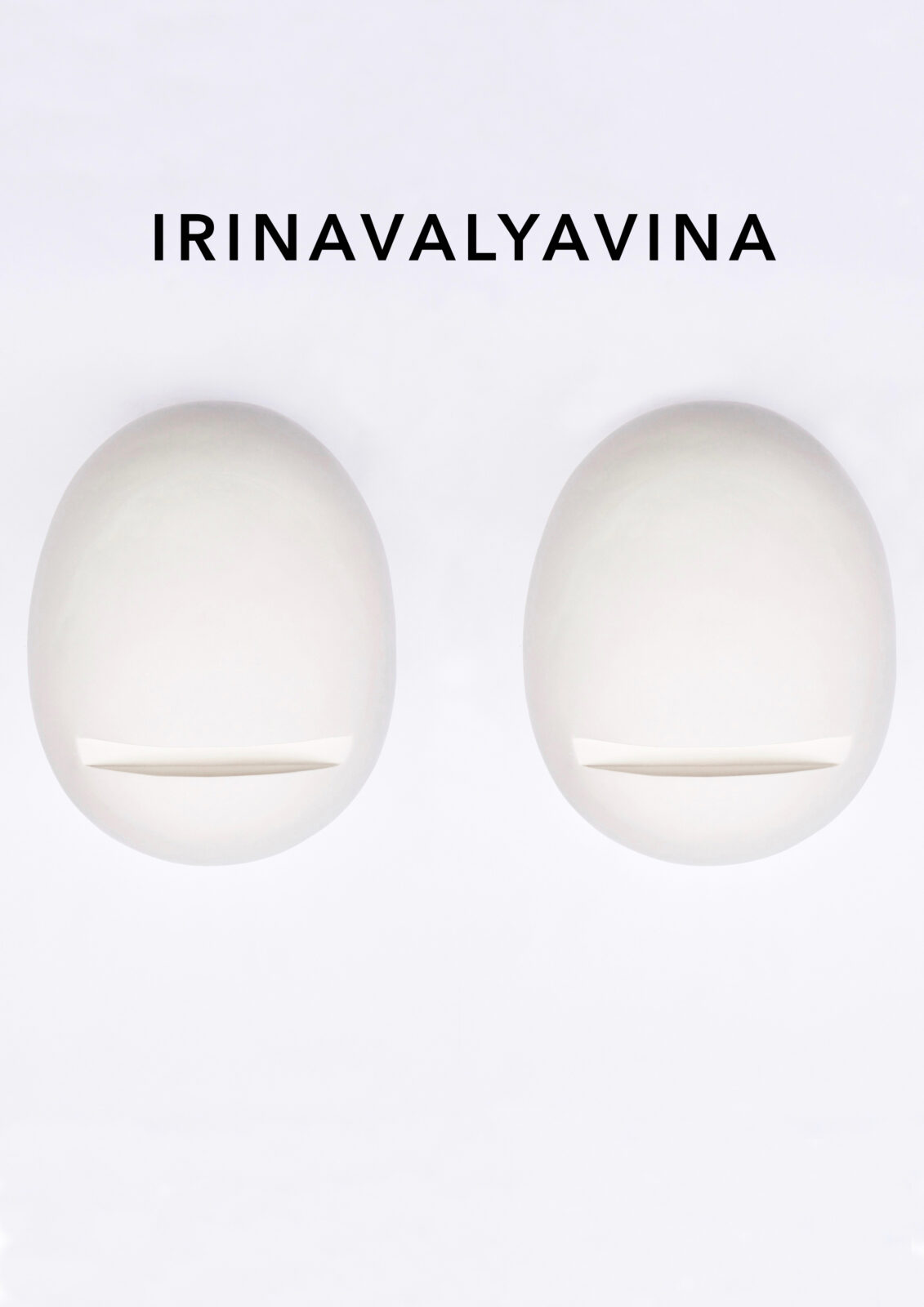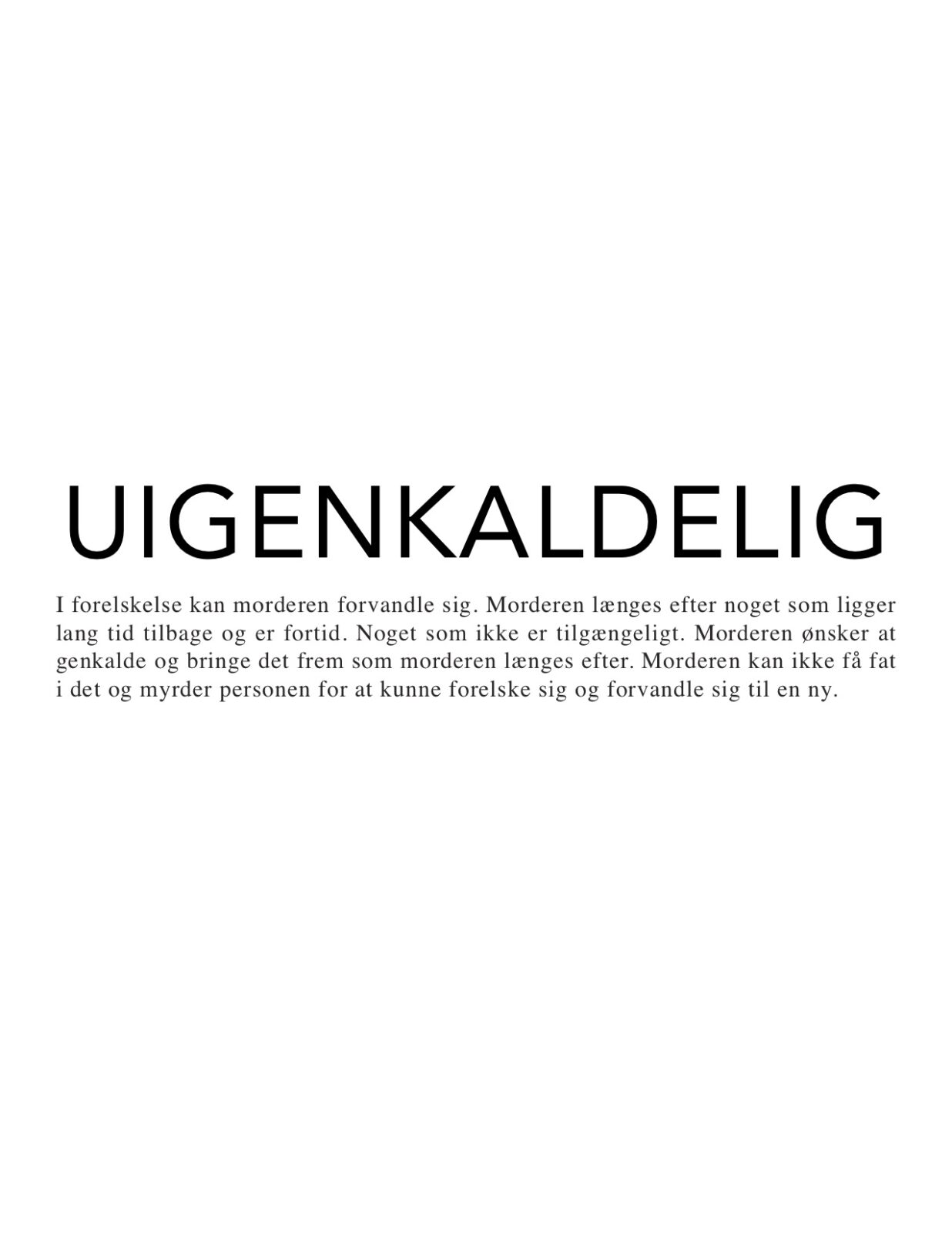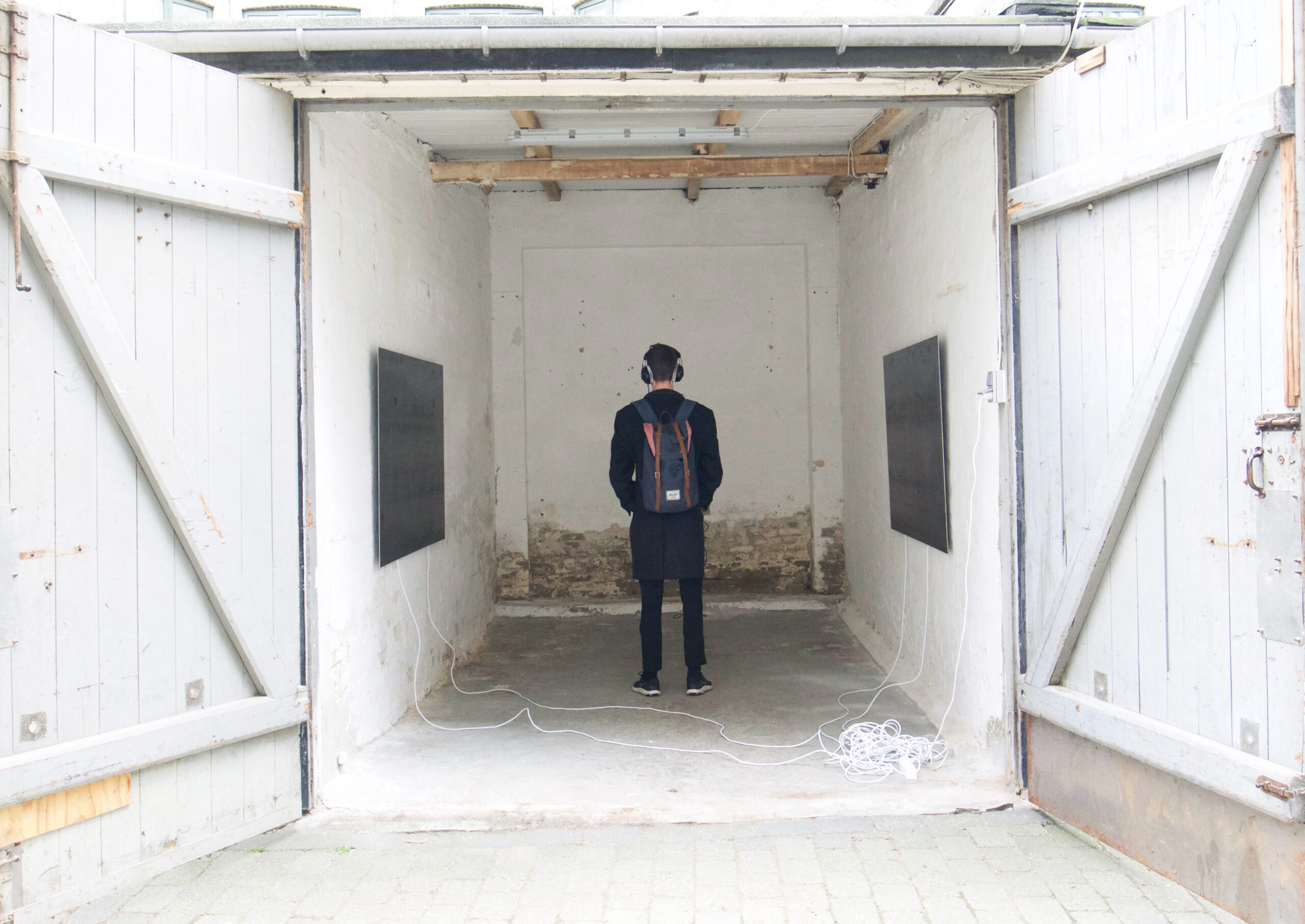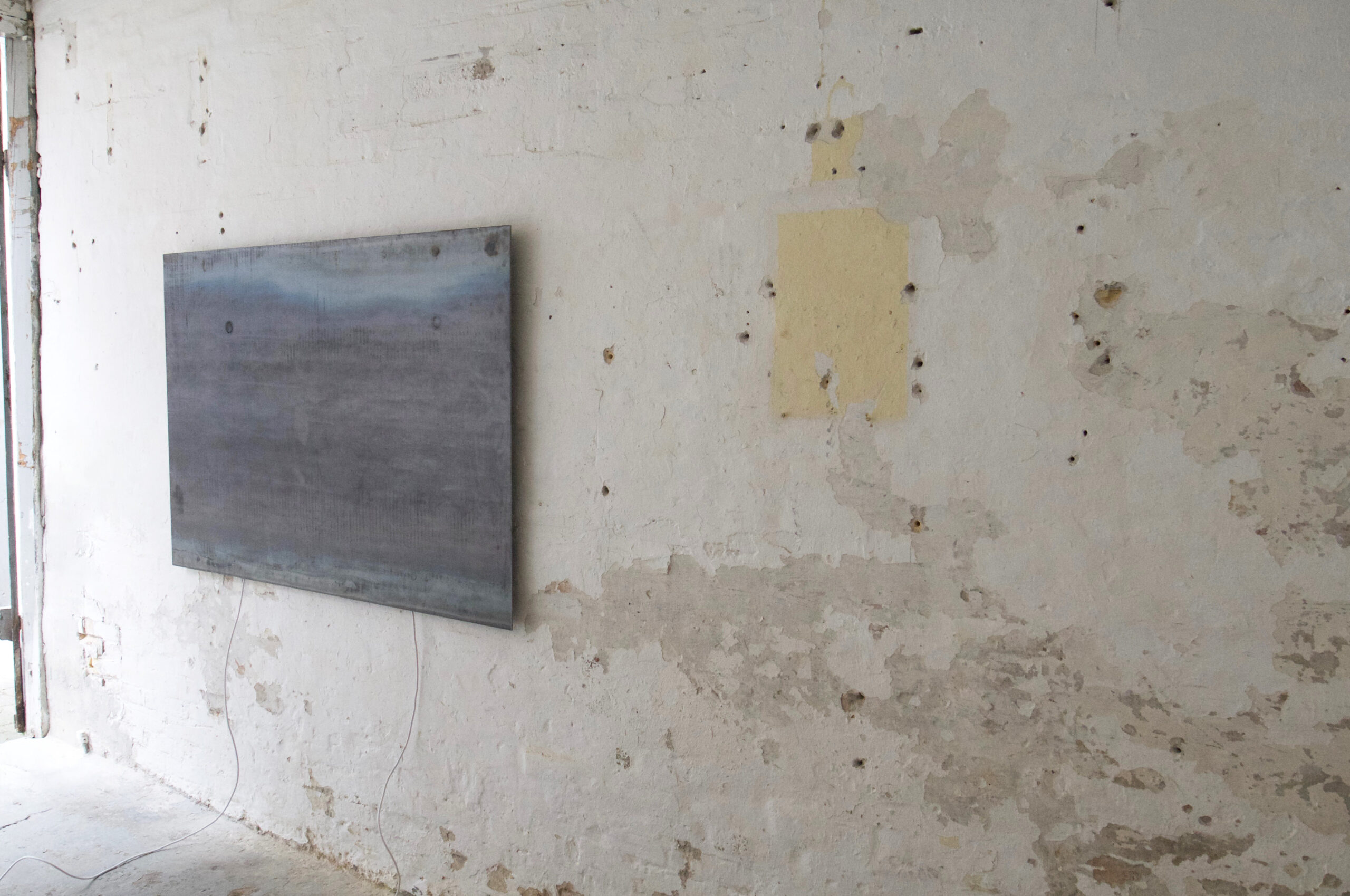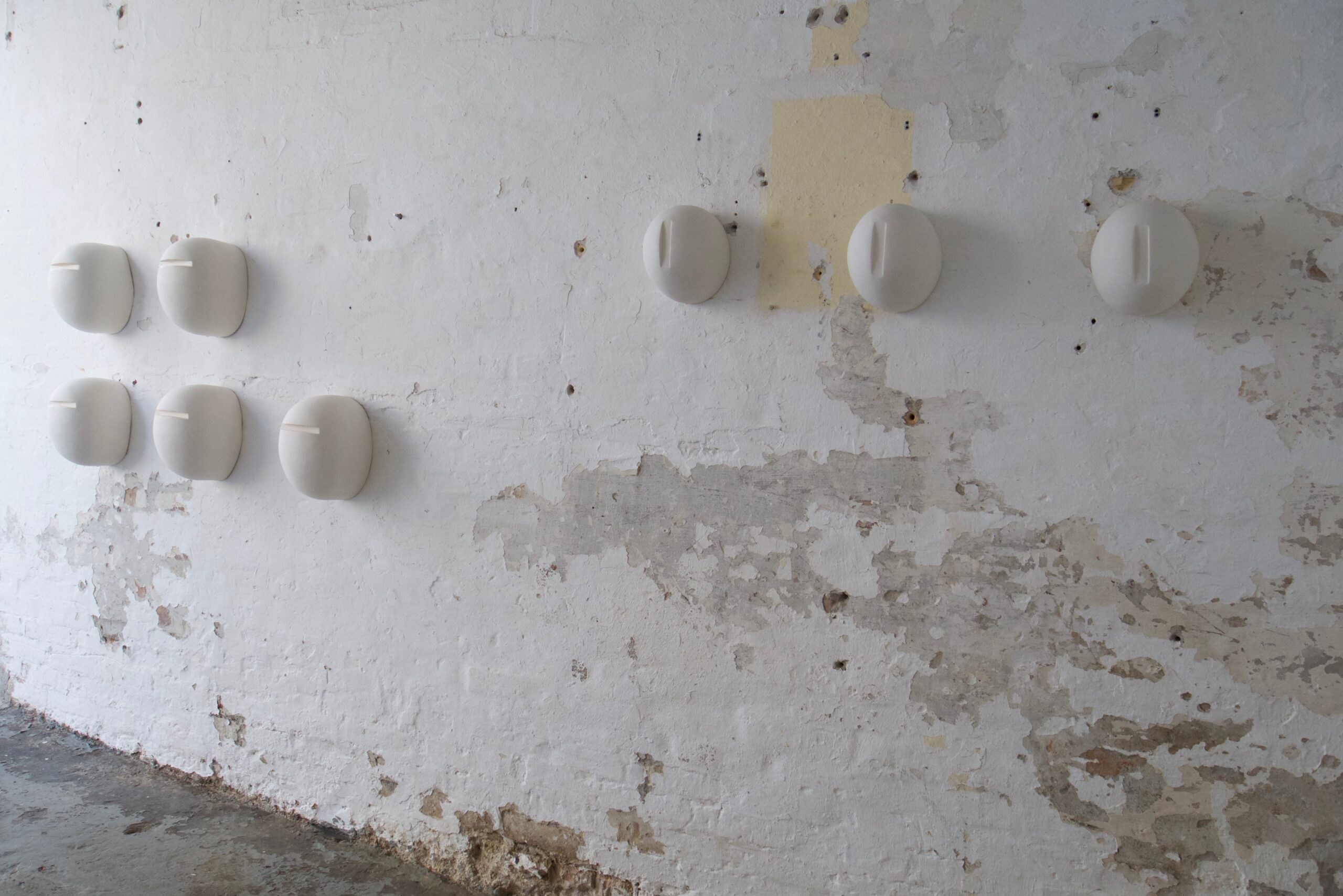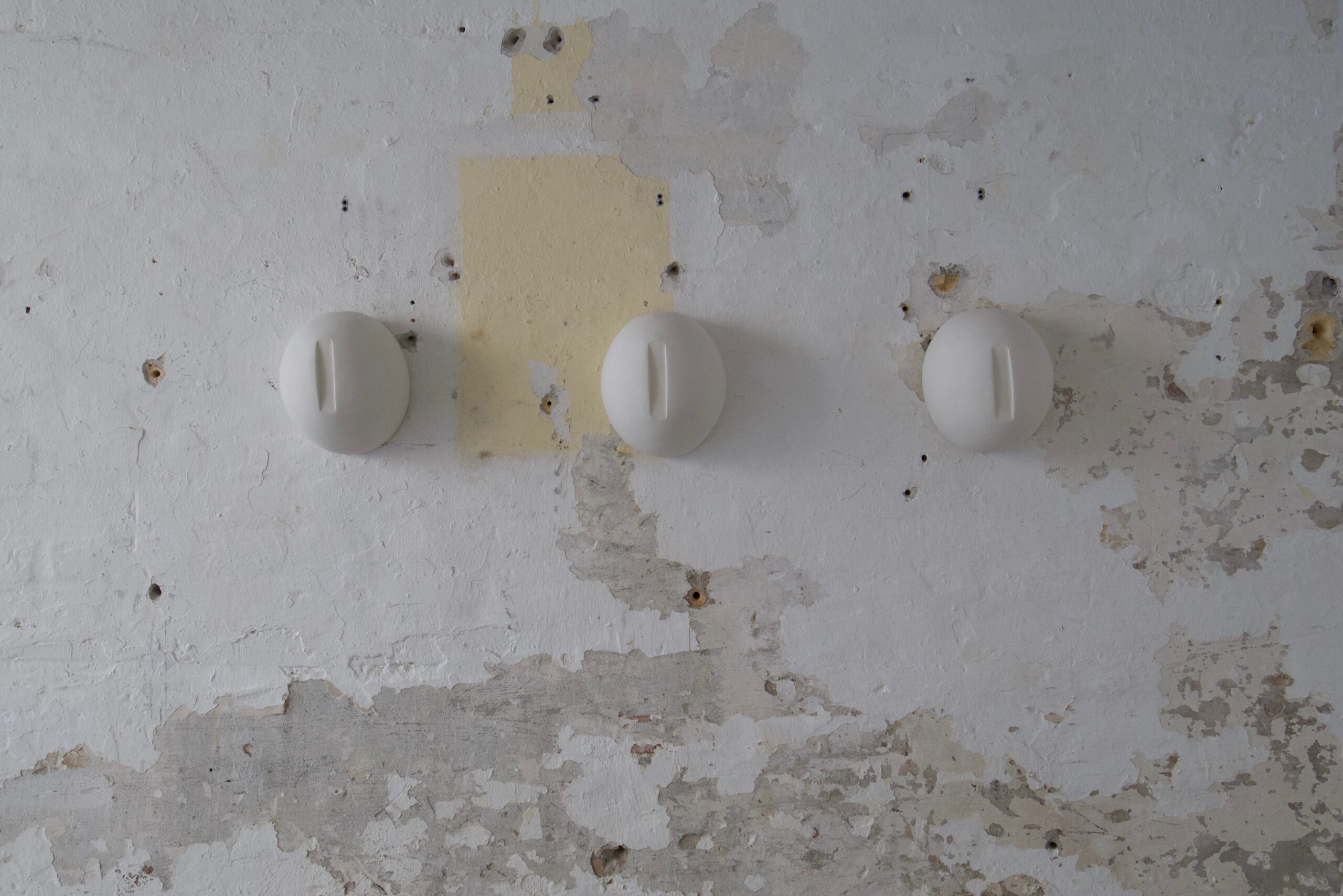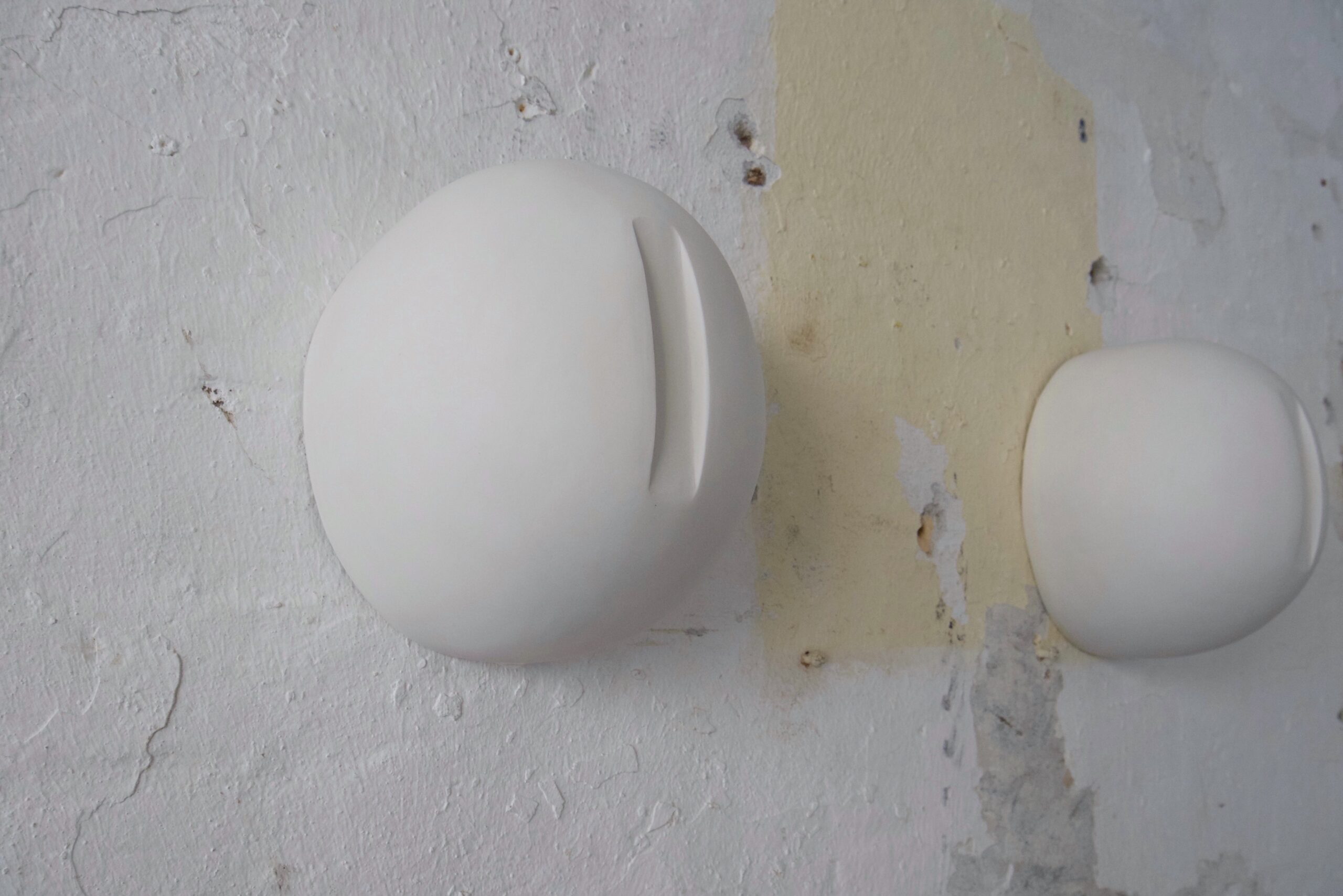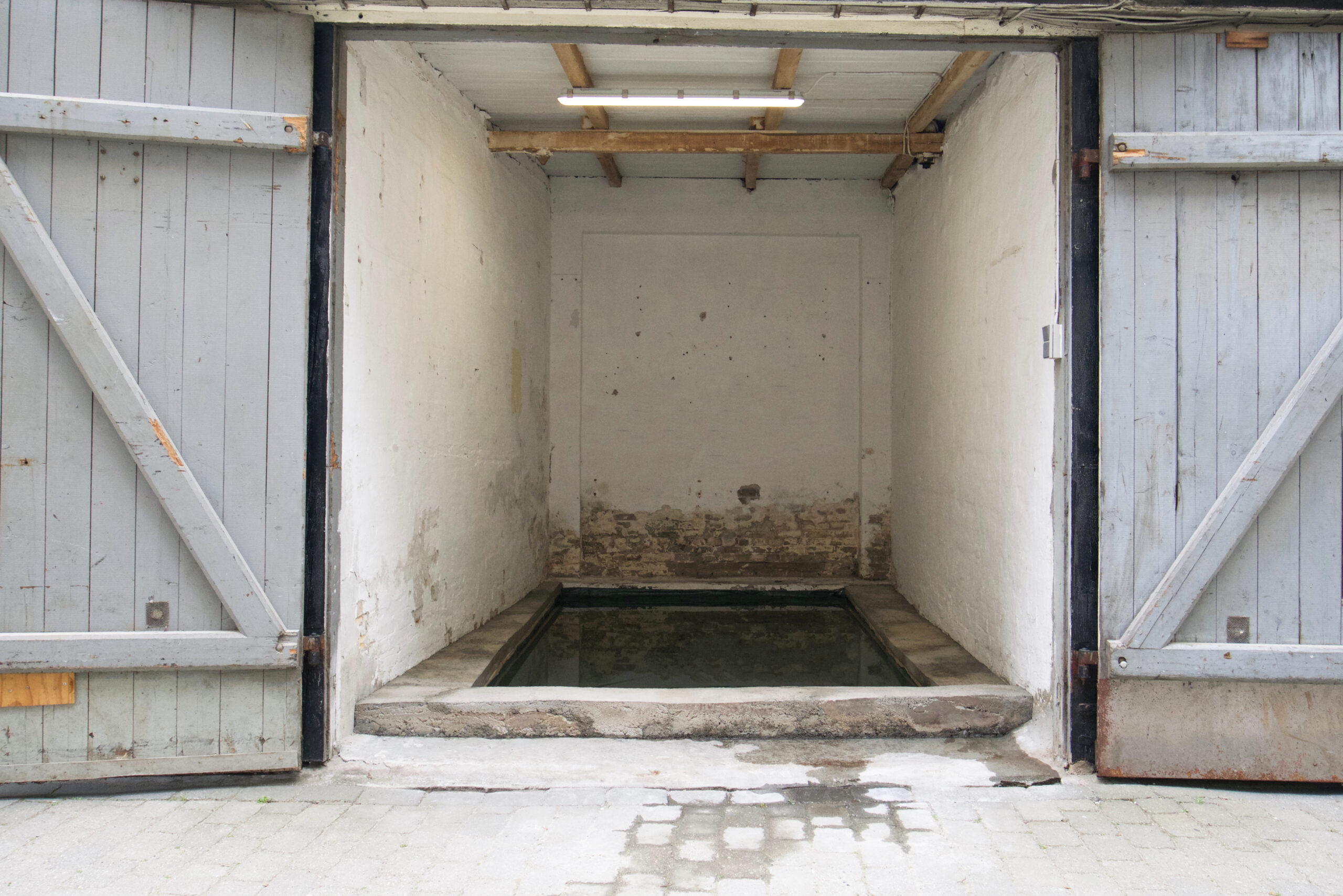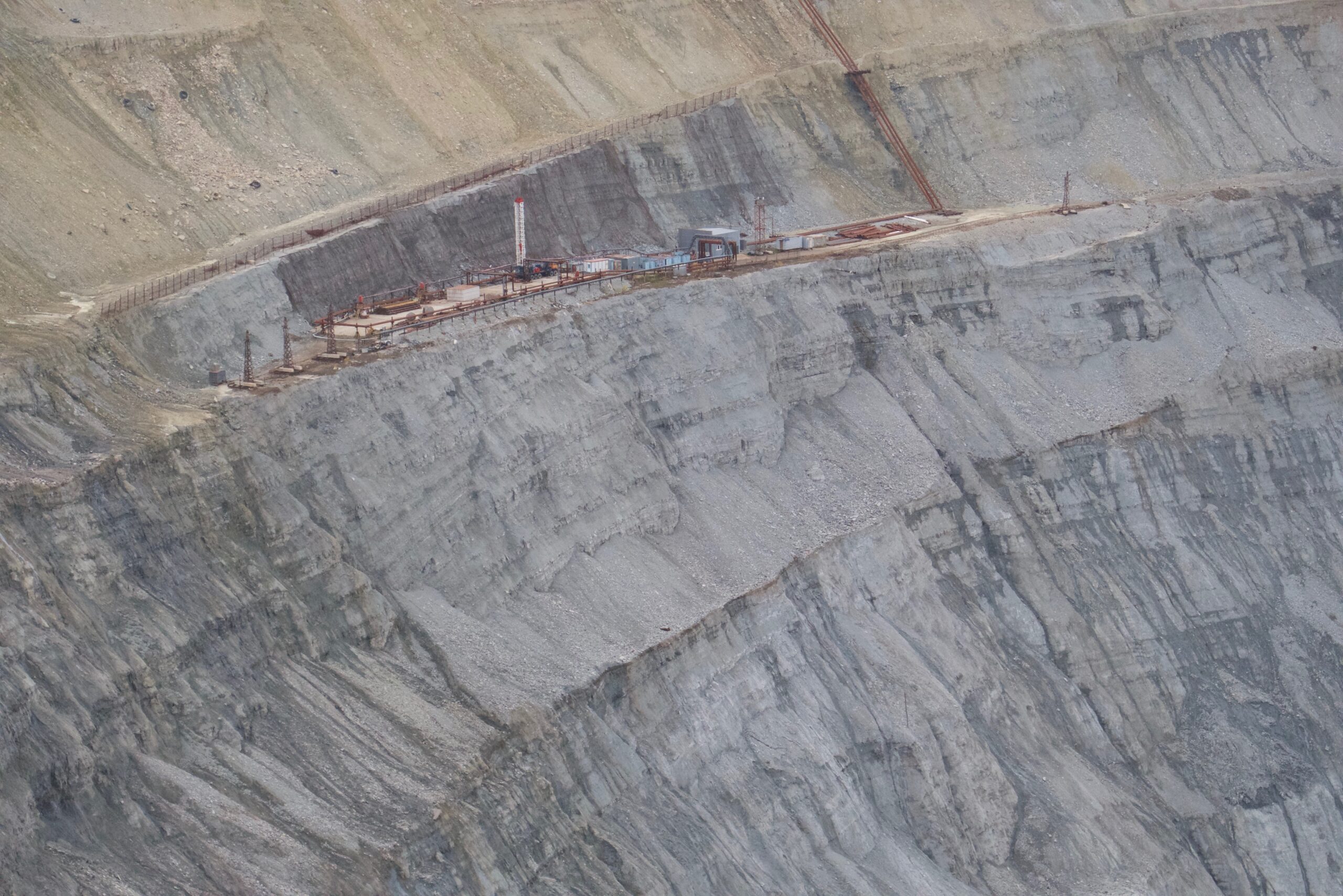2103
2103 – A series of three solo exhibitions, Copenhagen (2019)
Address: Ravnsborggade 21, backyard – white gate no. 6, Copenhagen 2200
How to visit the exhibitions: At the address, in front of the wrought-iron gate, which leads in to the backyard, hangs a black key-box with the title of the current exhibition. In the box is a key to open the wrought-iron gate, and a second key to open the white gate no. 6., which leads to the exhibition. Key-box code: 2103
The exhibitions included the website www.2103.dk
МИР
Pt. describes, at internal assessment, a lack of feeling of being delimited from other persons. Pt. also describes a feeling of non-existence and a physical experience of the skin that shuts off the brain.
In 2018 I visited the open pit diamond mine Мир. The mine is located in Siberia. In Russian Mир means World. The mine has a diameter of 1200 meters and is 600 meters deep. The town which encircles the mine is built on poles due to the frozen climate. The Russian diamond corporation ALROSA operates the mine and the town. The air layer above the mine is closed because the depth of the mine can drag a helicopter down.
Sound piece 09.13 min.
Sound production: Ane Trolle
The sound piece is based on a sound recording I took of the open pit diamond mine Мир. I used the sound medium to scan the mine as sound is fluid.
2 metal plates (4 mm) 100 · 150 cm. electromagnets, electricity-supply and wire.
I installed two 70-kg iron plates on the walls using electromagnets. Therefore, in the event of a power outage, there was a risk of them falling down. To view one iron plate, you had to stand in the position of the other.
IRINA VALYAVINA
Geometric figures are structures used to measure the world. The project’s shapes mimic heads; they are like masks. They have a function, a technique for engaging with the world. Twice a day, I poured water onto the shapes to create traces of something that had just been there. The exhibition had no formal opening and was accessible day and night. The project sought to create an absence and a void while also making abstract geometry tangible as something occupying space and the body.
Instructions / for use: Place the object on your head. In the groove across the object place a loop which is five times the length of your sted. Take a step while treading down the band in front of you. Take another step while treading down the band in front of you. Continue. 2013 – 2019
Porcelain
60 · 80 · 30 cm. [3 editions]

by Nina Schack Kock – Kirstine Aarkrog
Irina Valyavina is absent in your life. She is absent because she does not exist. She seems to exist, but she does not. When you think it is in front of you, it is actually behind. Mirrors reflecting the light. This is how she does not exist. She is not a point in space. She is the opposite of the open-pit mine and yet not. The mine is solid. You travel for its absence. Which kind of place is it? What pulls is at the bottom and yet not. The mine is a vortex because it is so deep. The wind behaves in a certain way. It is a reversed cone. What pulls is not just the mine. It behaves in such a way in relation with the surroundings. The fixed point does not belong to the hole.
Mir is an open-pit diamond mine located in Mirny, Yakutsk in Siberia. It is 600 meters deep and has a diameter of 1200 meters, and is one of the largest excavated holes on Earth.
UIGENKALDELIG
[Irrevocable]
Falling in love the murderer is able to change. The murderer longs for something inaccessible in the distant past. The murderer wants to revoke that which the murderer longs for, but cannot reach it and murders the person to fall in love and transform into another edit.
Concrete, water, used motor oil
260 · 480 · 30 cm.
I cast a pool in concrete and filled it with water and used motor oil. I rented a drone to fly over the pool. The drone filmed the onlookers, scanned the pool and filled the airspace. The exhibition was open for an hour.
The open pit diamond mine Мир, Siberia (2018)
